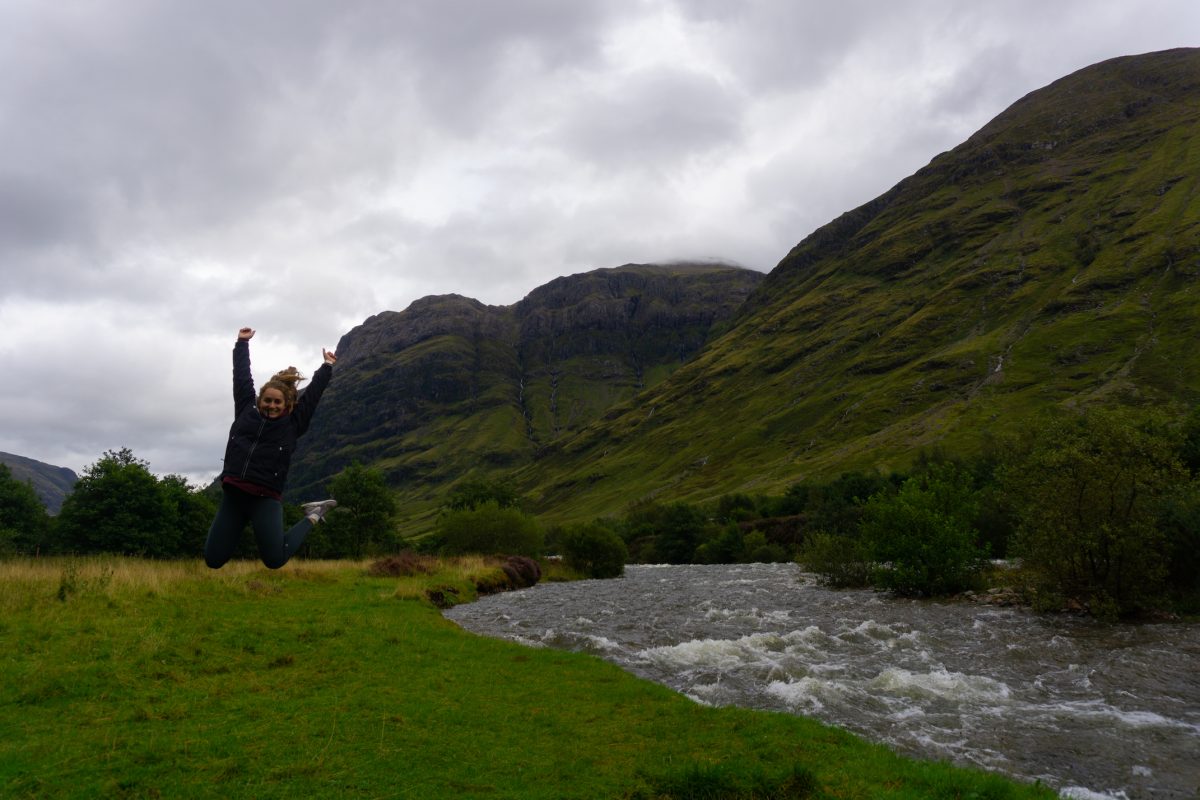In the space of 24 hours the weather had changed from total sunshine to sideways rain and 40 knots of wind. As I clung to the side of the boat, we whipped through the wind slop and cold water splashed over my head. At this point in time, I was particularly thankful for my dry suit. It was cold, it was wet, it was windy, and it was rugged; but I was absolutely loving it.
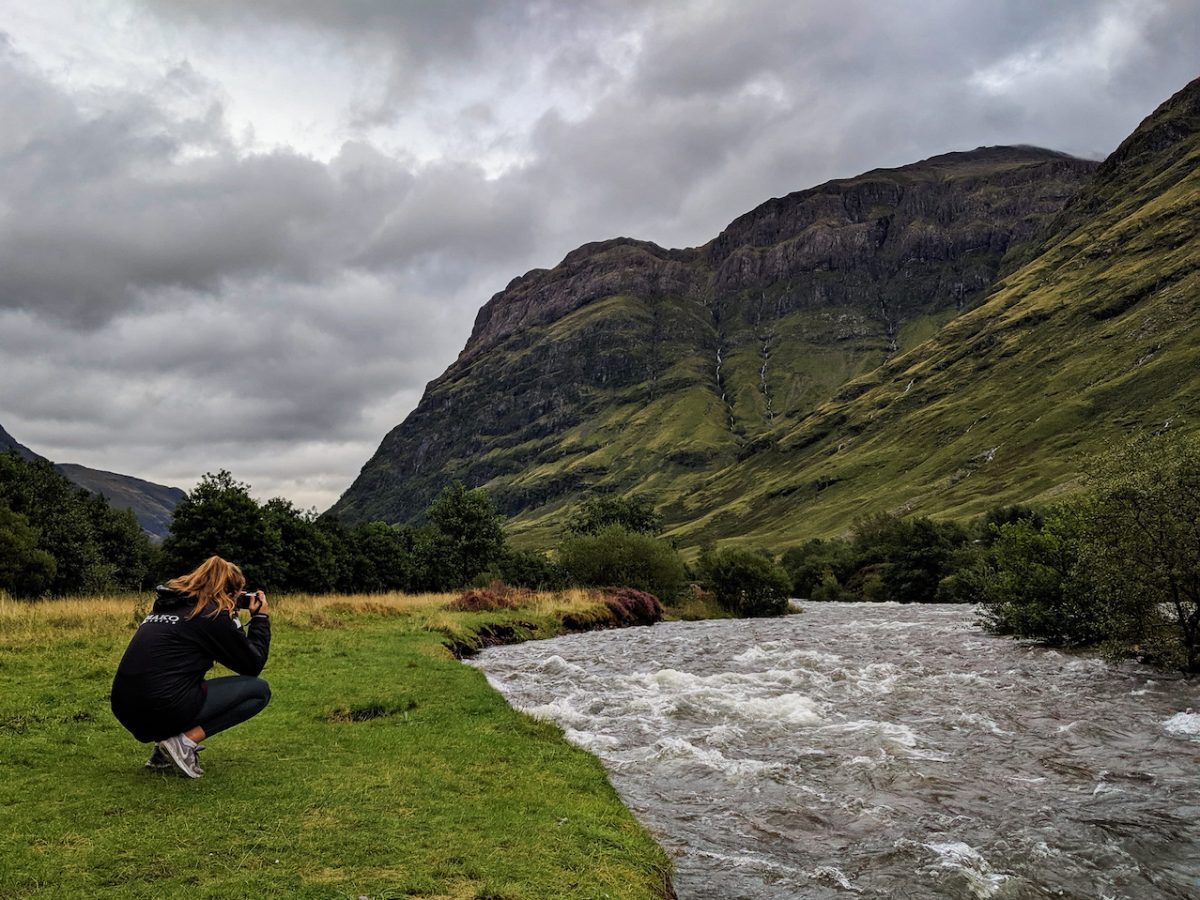
Photo: Caitlyn Smart
One of the reasons I fell in love with Scotland so quickly is it felt so much like home. There are many parallels between Scotland and Tasmania. From the towering mountains to the fields of sheep, green murky water and the unpredictable overcast weather. I immediately felt comfortable in familiar surroundings.
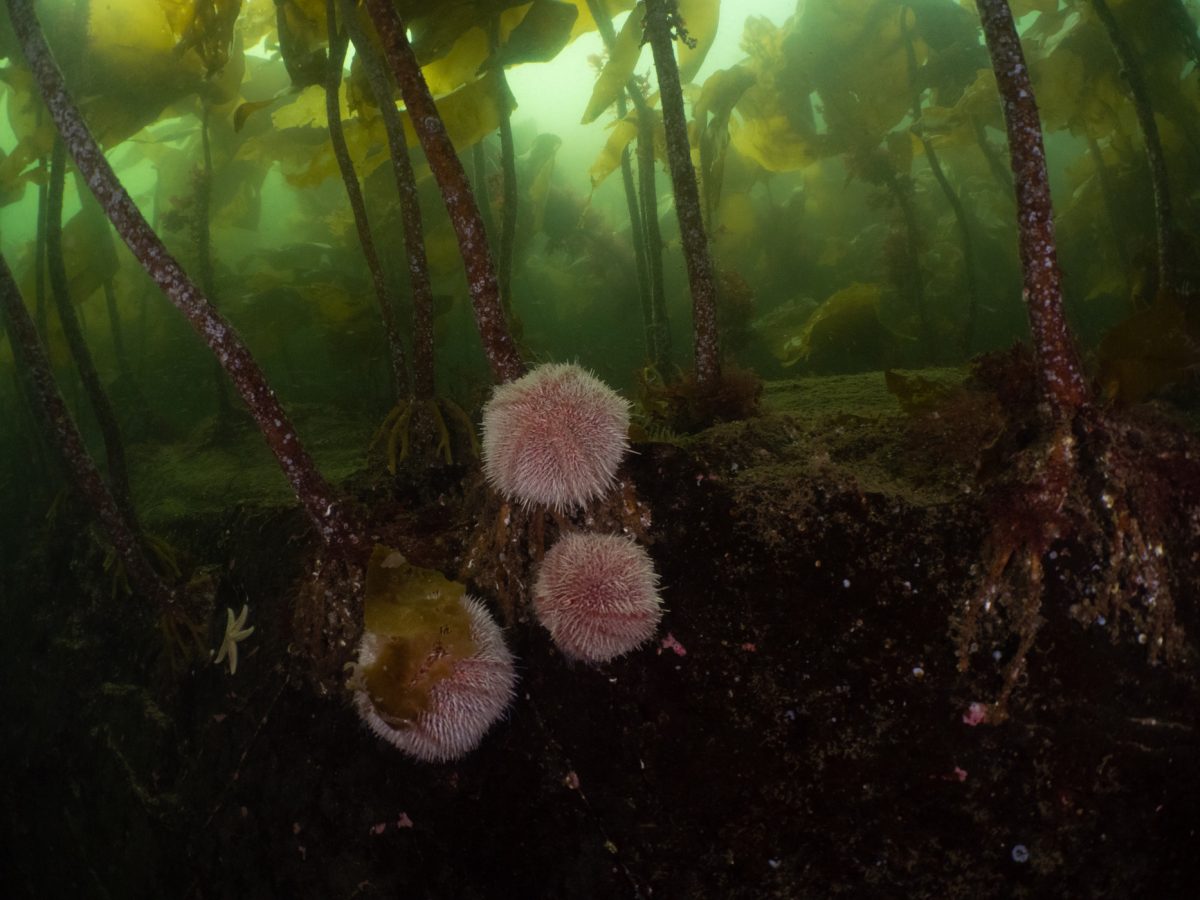
Photo: Joanna Smart
However, despite the similarities, there were also some notable differences. The kelp forests I descended into were not made up of familiar species but rather thick blades of the Laminaria order. Lobsters, instead of being bright red, were now a beautiful blue and purple. Large Pollock swam around seemingly oblivious to my presence, and giant lions mane jellyfish floated gently by in the current.
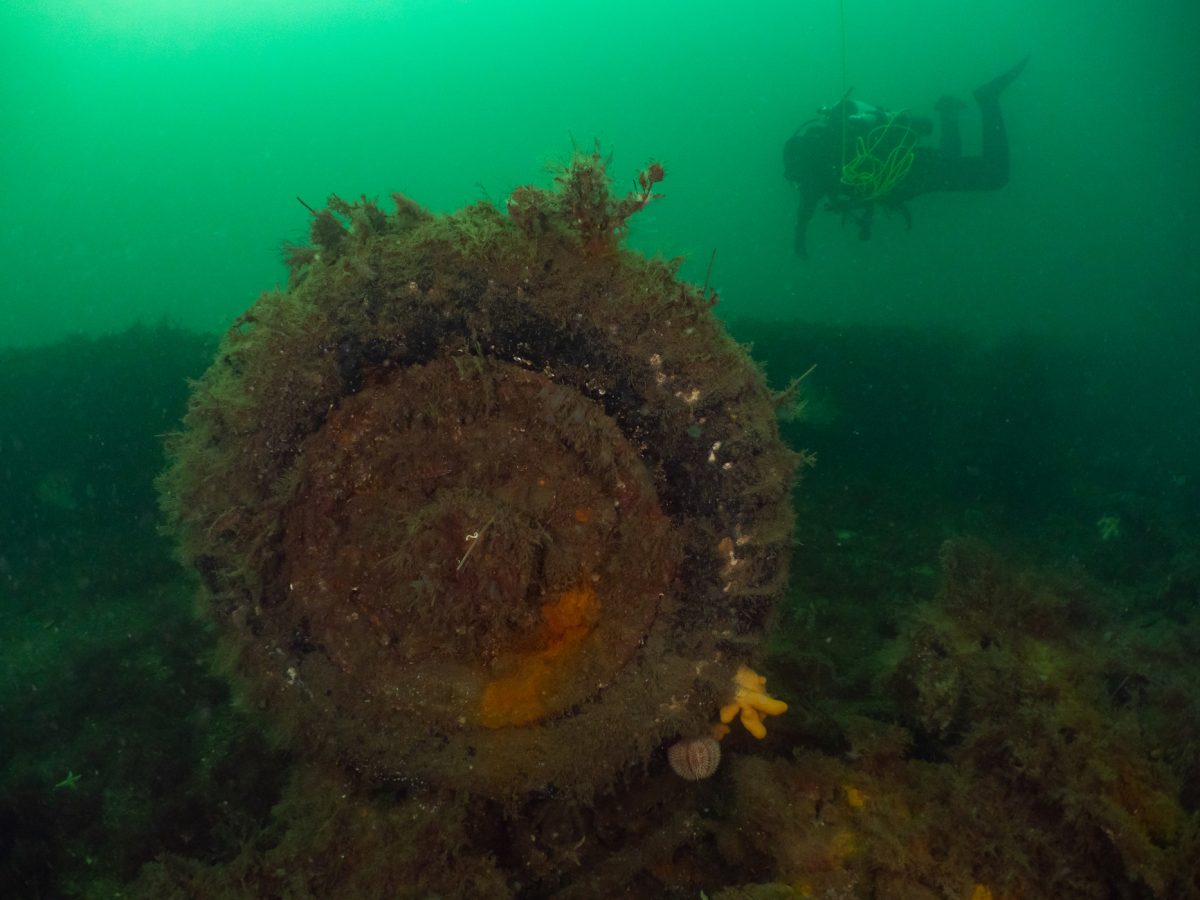
Photo: Joanna Smart
The purpose of my visit to Scotland was to join Tritonia Scientific, a scientific diving agency, hyperbaric therapy provider and research agency. Titonia is located on the north-west coast, near the town of Oban and the picturesque Scottish Highlands. The company has a global reputation for using innovative methods to support underwater exploration and I was keen to find out more about some of their recent work.
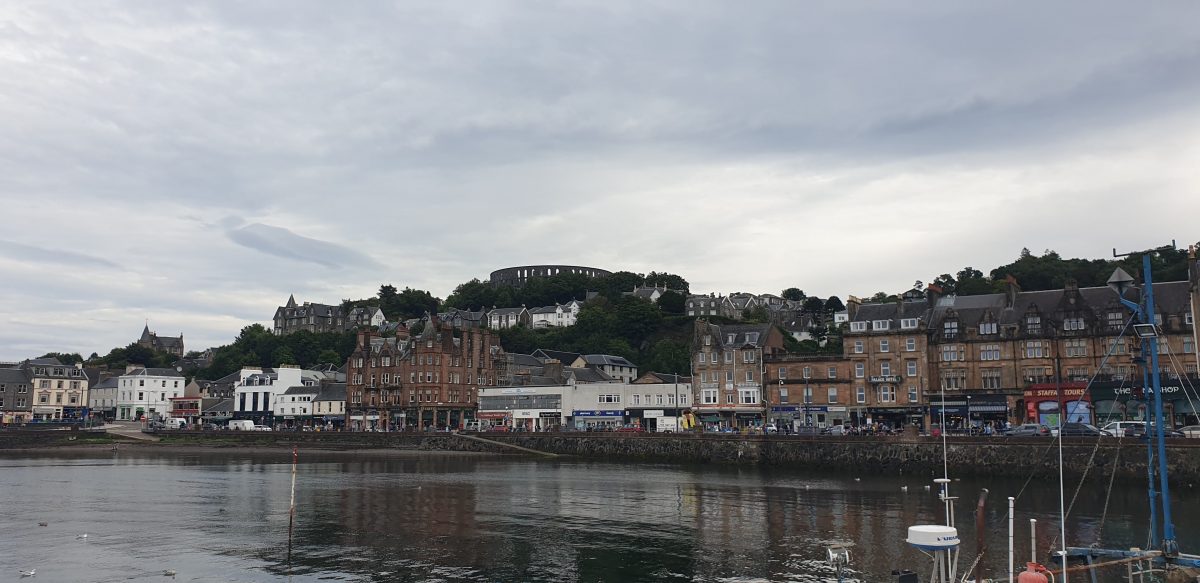
Photo: Joanna Smart
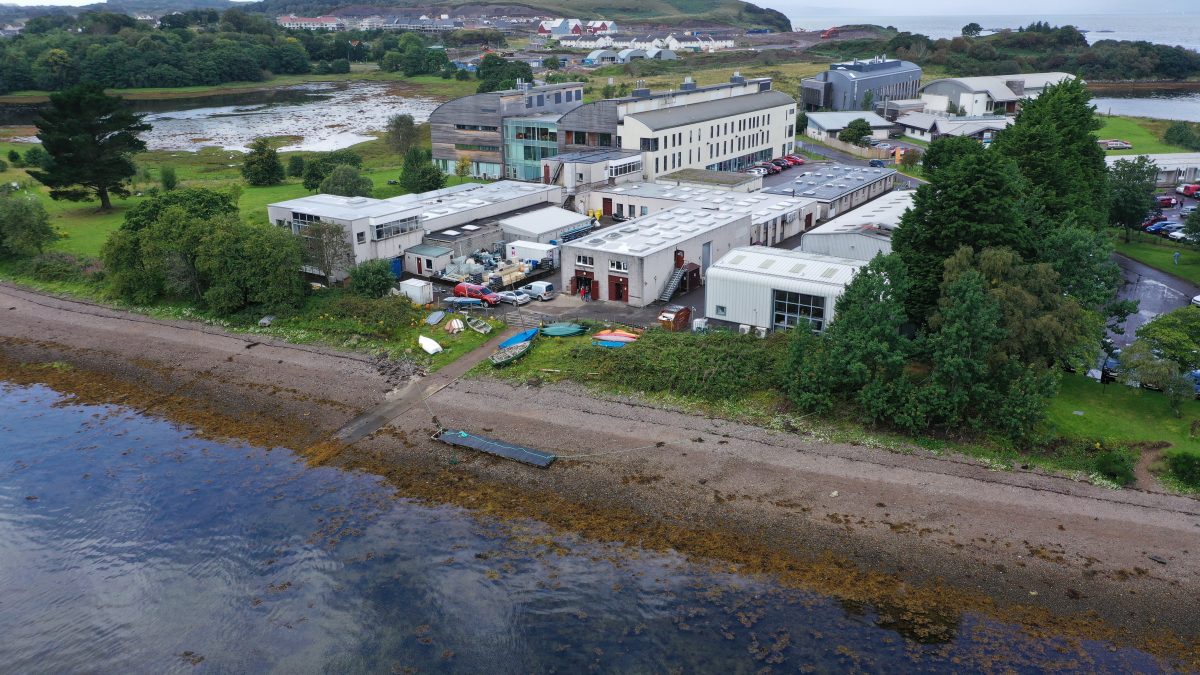
Photo: Joanna Smart
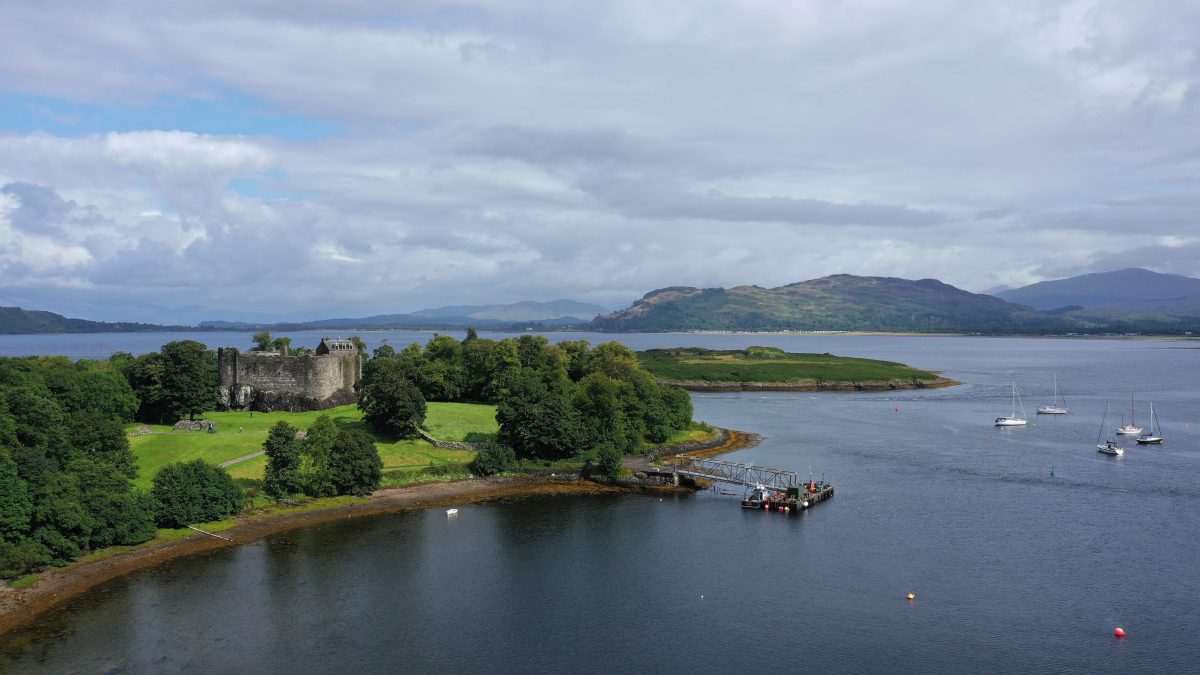
Photo: Joanna Smart
My trip to Scotland began with a 52 hour trip from my home in Hobart, Tasmania. It was during this journey that I learnt my first lesson; 52 hours is far too long for a non-stop transit. After arriving in Oban somewhat worse for wear after 4 plane flights, 2 bus trips and 2 train rides, I swore to myself never to repeat a trip that long again.
I was greeted by Martin Sayer, owner and Managing Director of Tritonia Scientific. Martin took me back to his beautiful home on the beach, surrounded by blackberries and woodlands, where I was to stay for the next three weeks. Martin, his wife Jane and their delightful border collie Buster welcomed me as one of the family, and could not have made my three weeks in Scotland more pleasant.
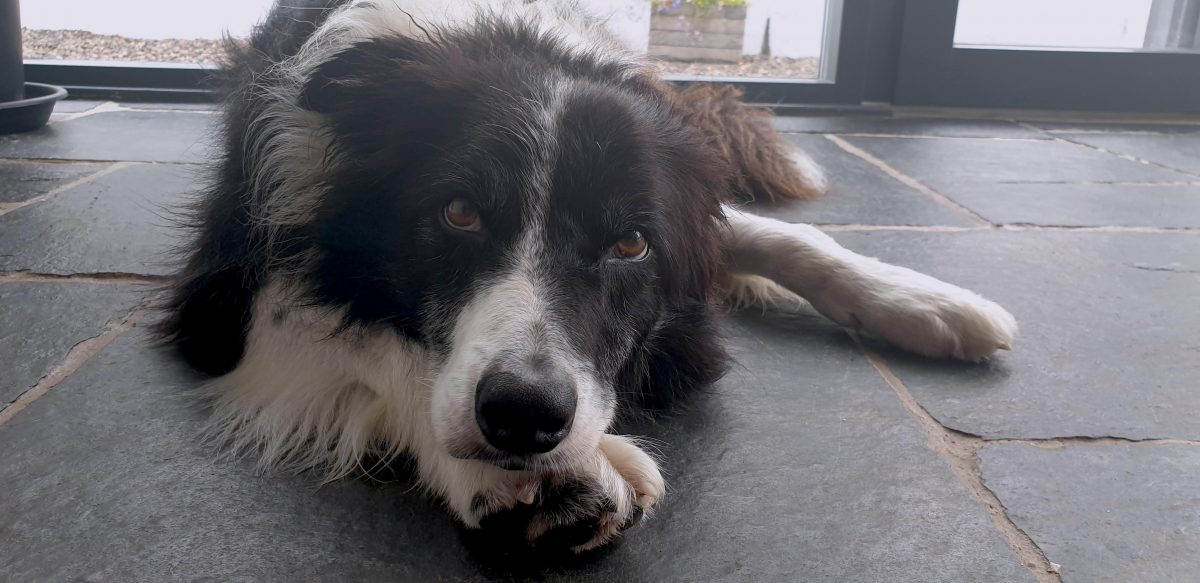
Photo: Joanna Smart
My first task at Tritonia was to learn how to make 3-dimensional models underwater. This technique, known as 3-d photogrammetry, involves photographing and object, section of reef or feature, from many different angles and then using computer software to convert those images into a 3-D model.
Kat and Andy were the two fantastic staff at Tritonia who helped me with this process from start to finish. I began by photographing simple objects on land (using my Panasonic Lumix GX9, thanks Reef Photo and Video!). I started with a guitar and a scuba cylinder. I took a number of images from different angles and then loaded them into the computer software Agisoft metashape. The images take some time to render, but once complete, the final resolution is outstanding. I could even read the test dates stamped into the side of the tank.
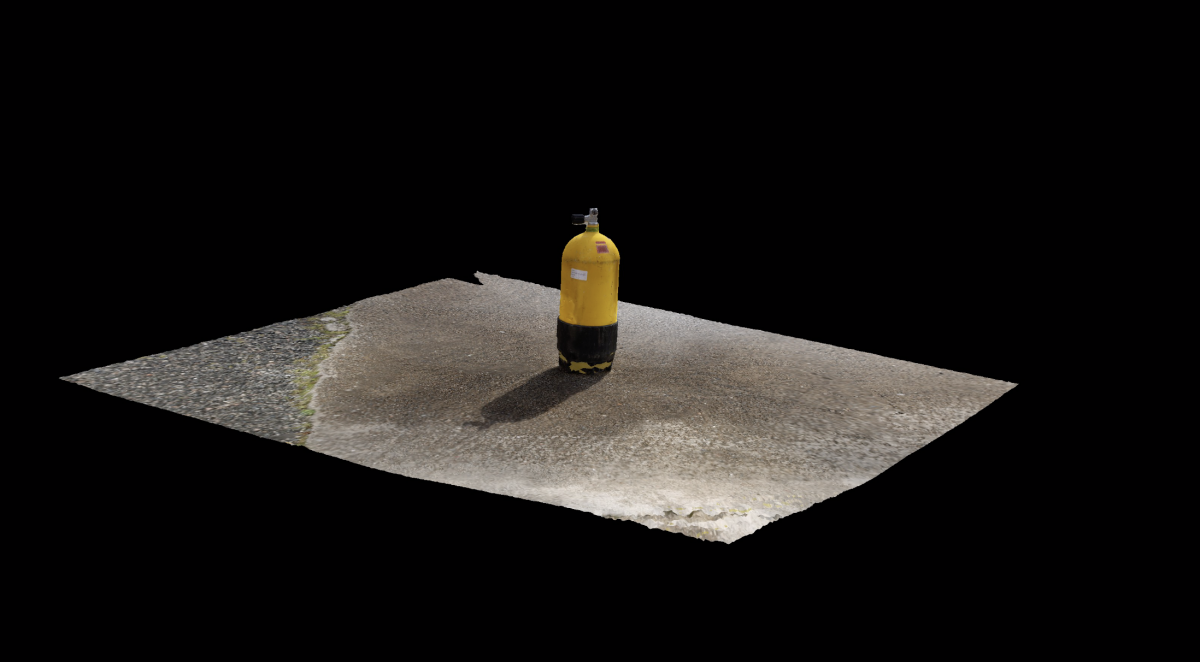
Once I had successfully modelled these, I progressed to underwater where I worked on sections of a shipwreck, archaeological objects and sections of reef.
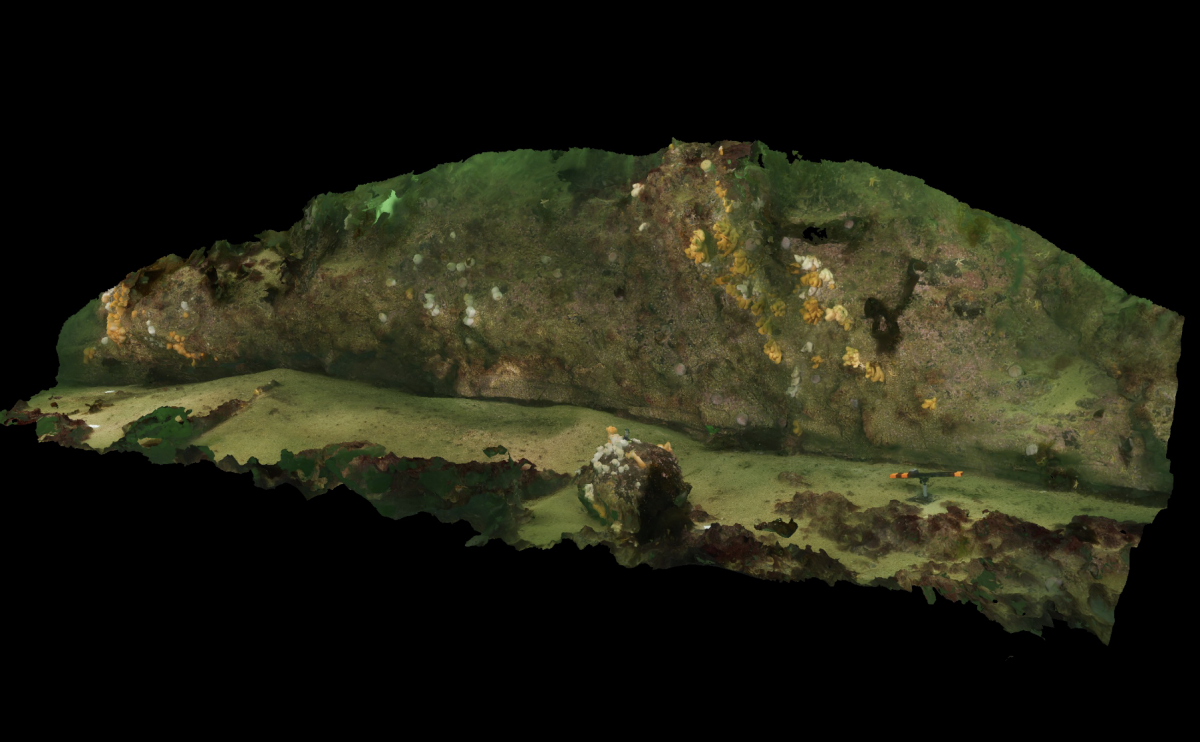
3-D photogrammetry was not only incredibly rewarding, but I gained a deep appreciation for how powerful this tool can be for conducting research, surveys and archaeology underwater. Once mapped, the model can be used to measure the size of objects, sessile animals, species composition, distance and create 3-d animations that can be used in education and structural analysis. This tool is particularly powerful for surveying underwater structures such as shipwrecks, oil rigs and piers.
Once the 3-D computer model is made, the object (or reef!) can be printed in miniature using a 3-D printer. It was amazing to see something that had been mapped underwater converted to a perfect scale replica that you could hold in your hand. This is particularly useful for visualisation of underwater environments for clients, or for preservation of objects with archaeological significance.
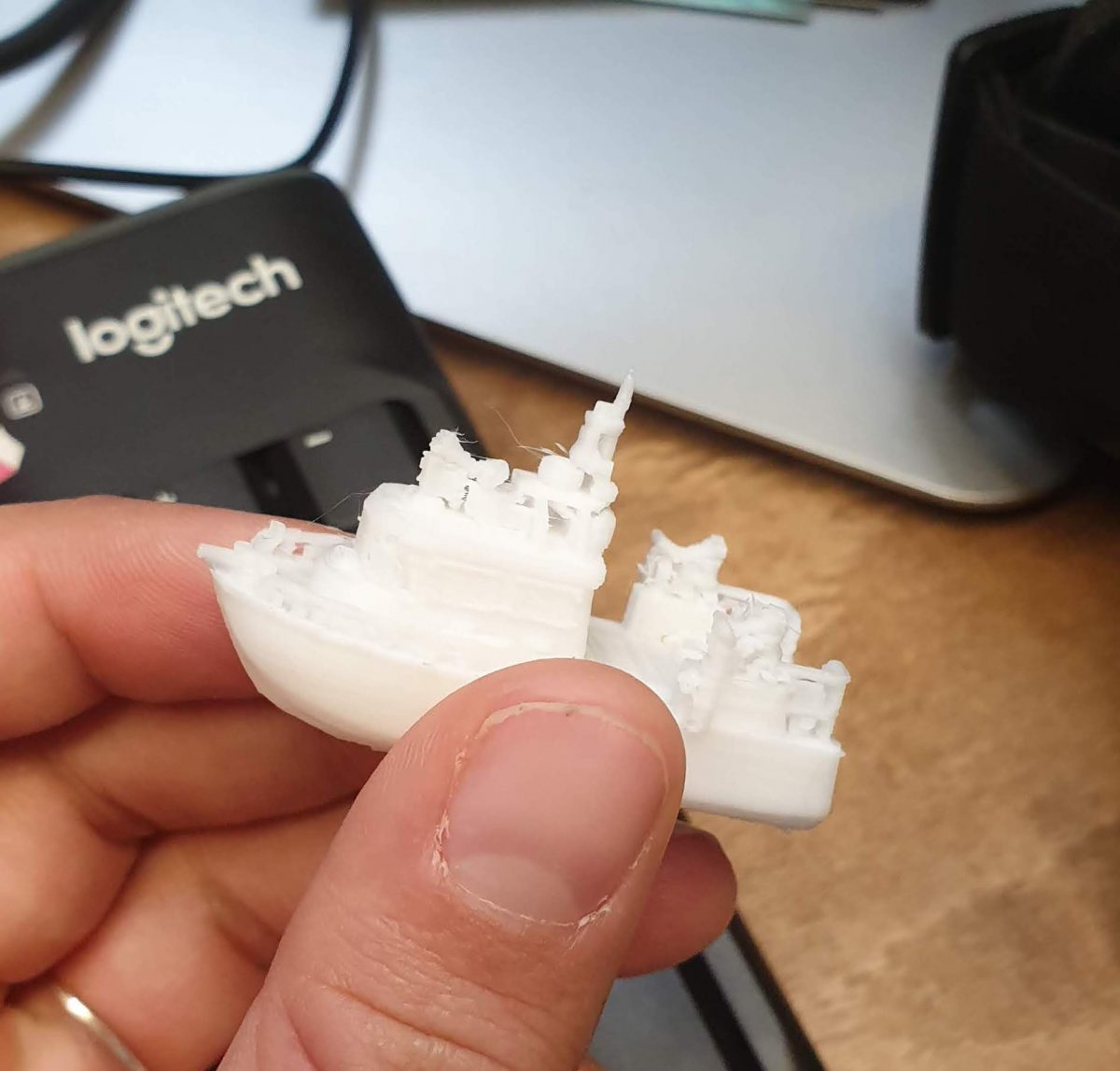
Photo: Joanna Smart
After 3-D mapping, I turned my attentions to seaweeds, where I helped PhD student Alasdair O’Dell with his research on seaweeds. Al is working to quantify the amount of carbon sequestered by kelp in Scottish waters. I helped Al with collection of seaweed detritus and photographing of quadrats along a transect.
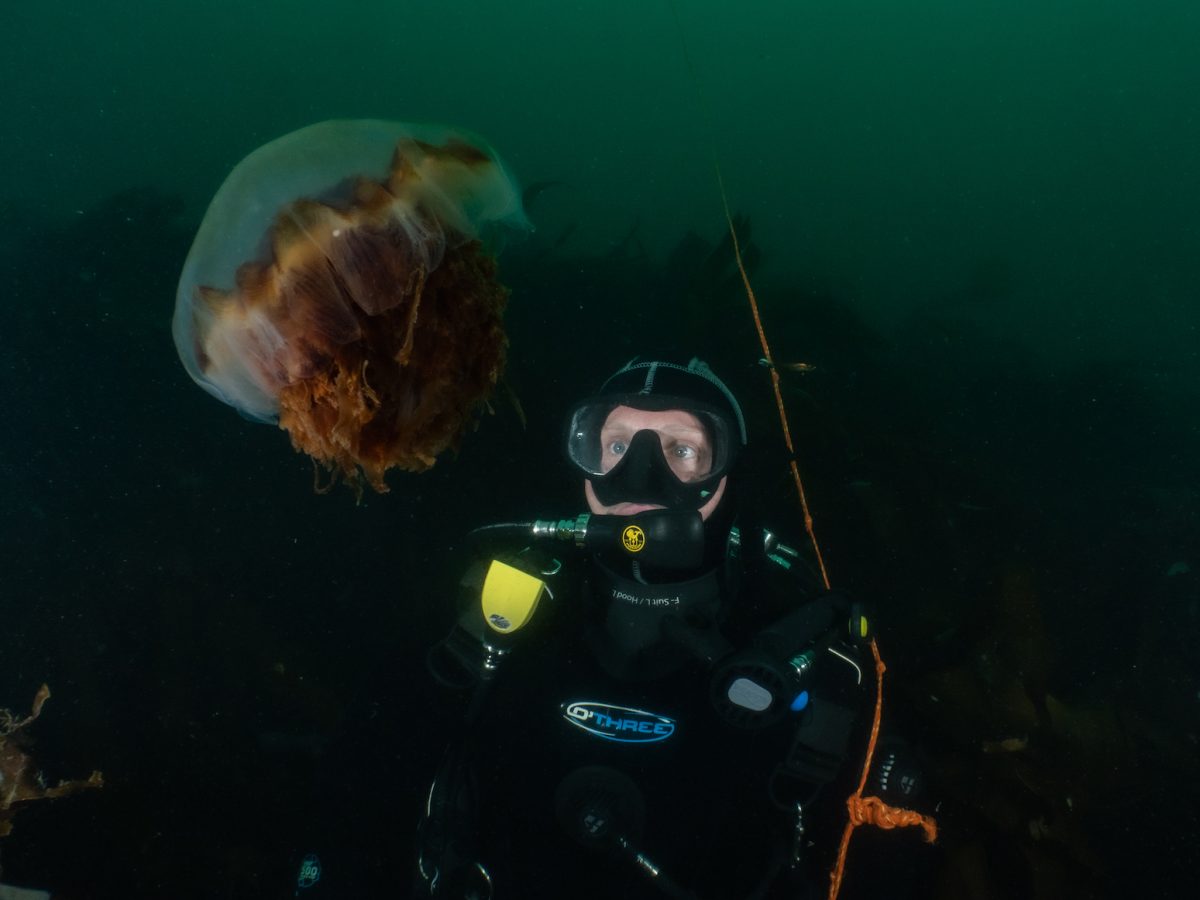
Photo: Joanna Smart
After helping out with Al’s project, I got a taste of Biochemistry when Professor Frithjof Kuepper of the University of Aberdeen came to visit. Prof. Kuepper is studying iodine and defence metabolism in brown macroalgae. I helped Prof. Kuepper collect water samples from different parts of the algal blade and holdfast, as well as in areas surrounding the reef.
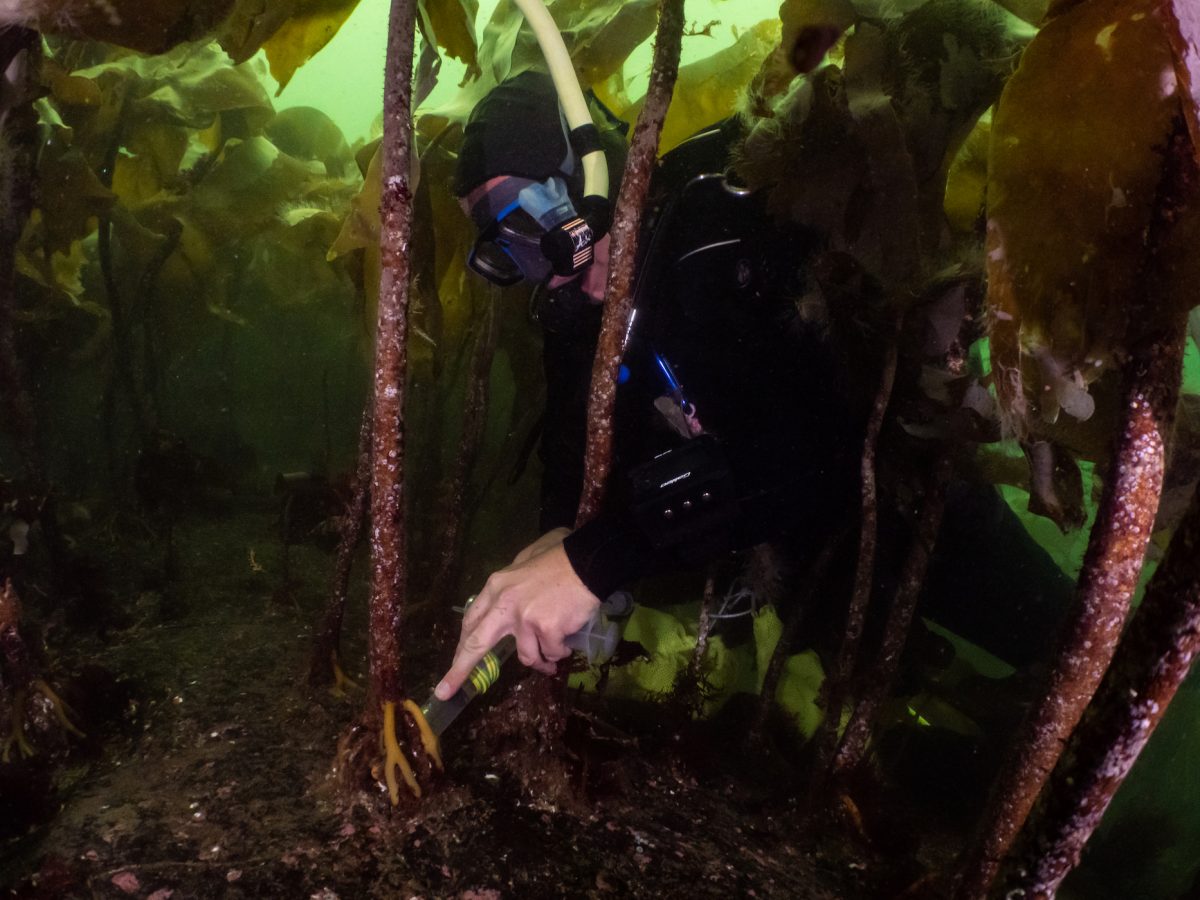
Photo: Joanna Smart
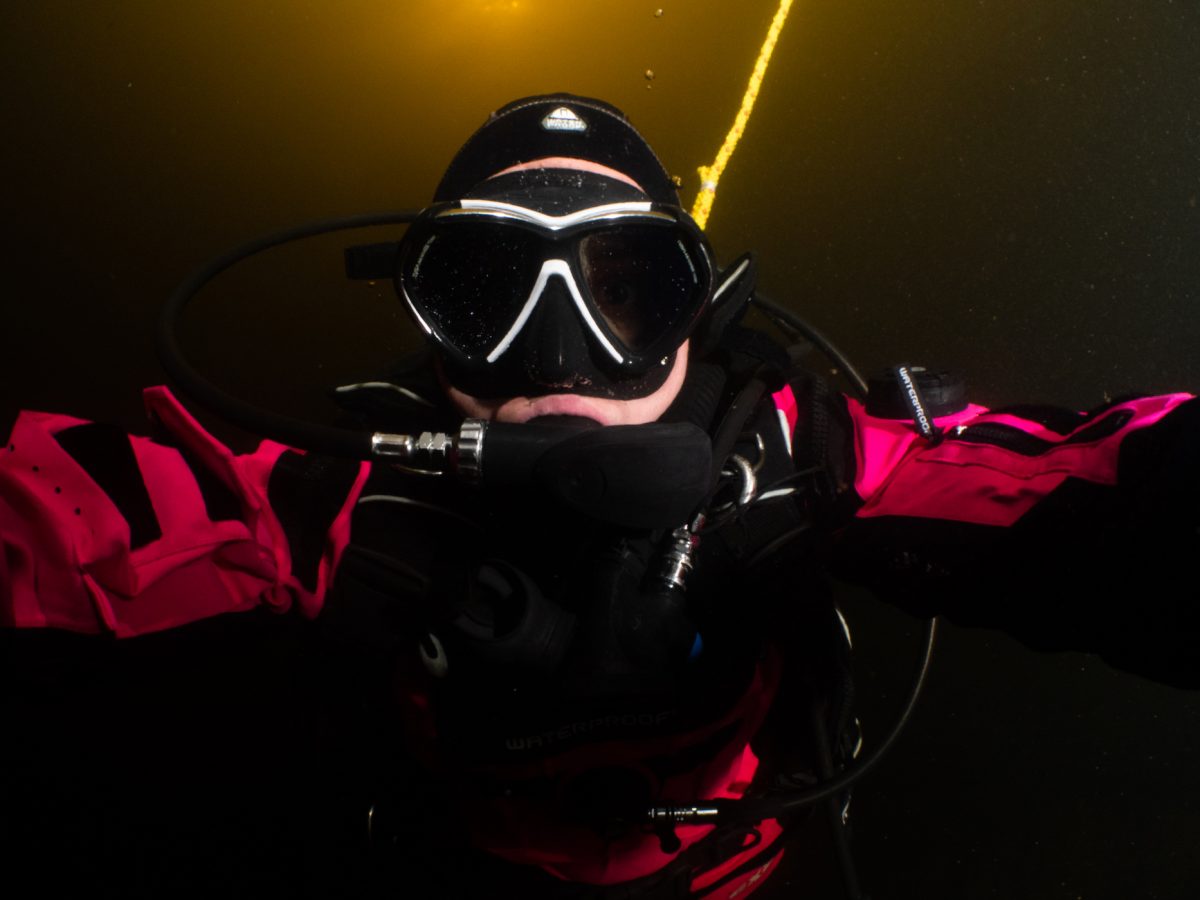
In addition to their numerous scientific and occupational diving operations, Tritonia also operate a hyperbaric chamber, which caters to divers suffering from decompression sickness on the west coast of Scotland.
Between all of these different jobs, the team at Tritonia is kept fairly busy!
It was amazing to see a team that fully integrates so many different areas of research, skillsets and operations. I had never come across a business who offer so many different services, and conducted them with such joy and enthusiasm.
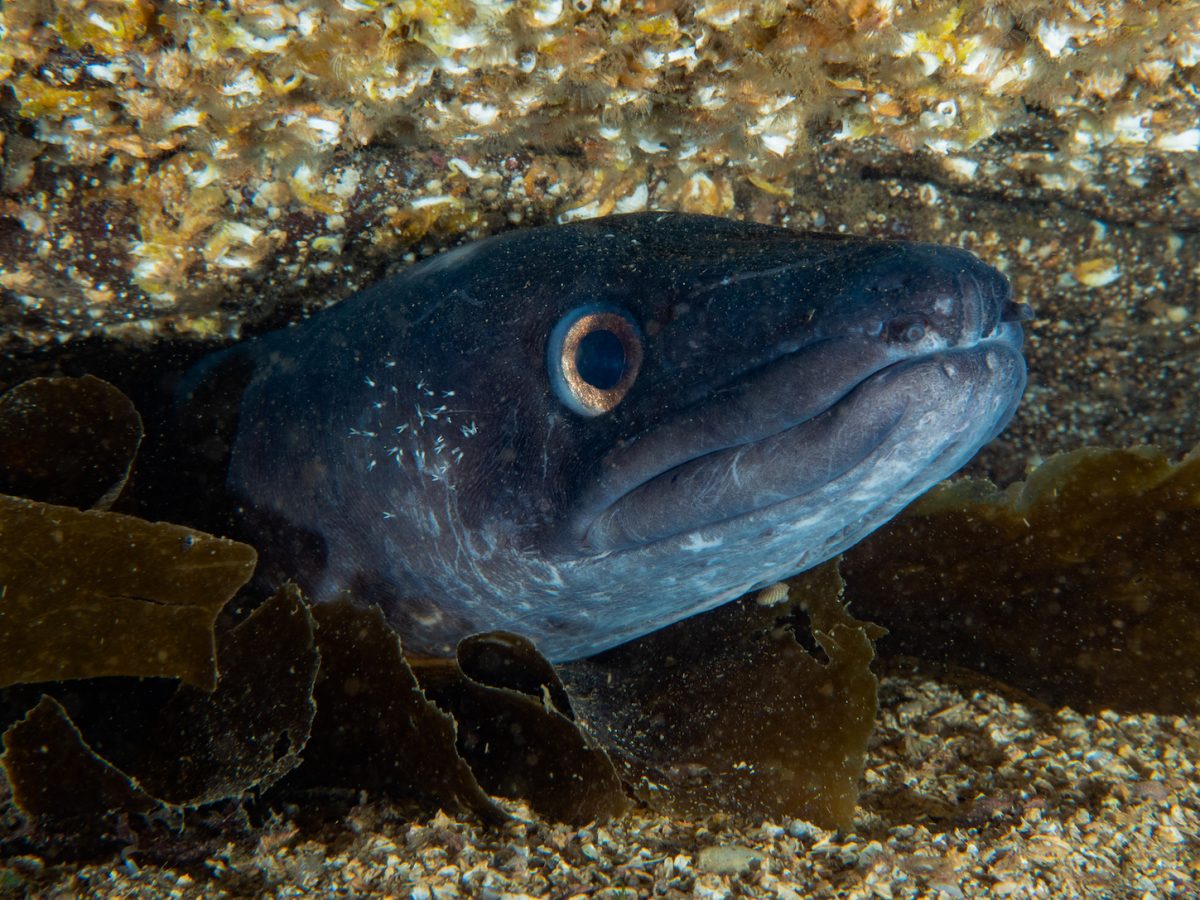
Photo: Joanna Smart
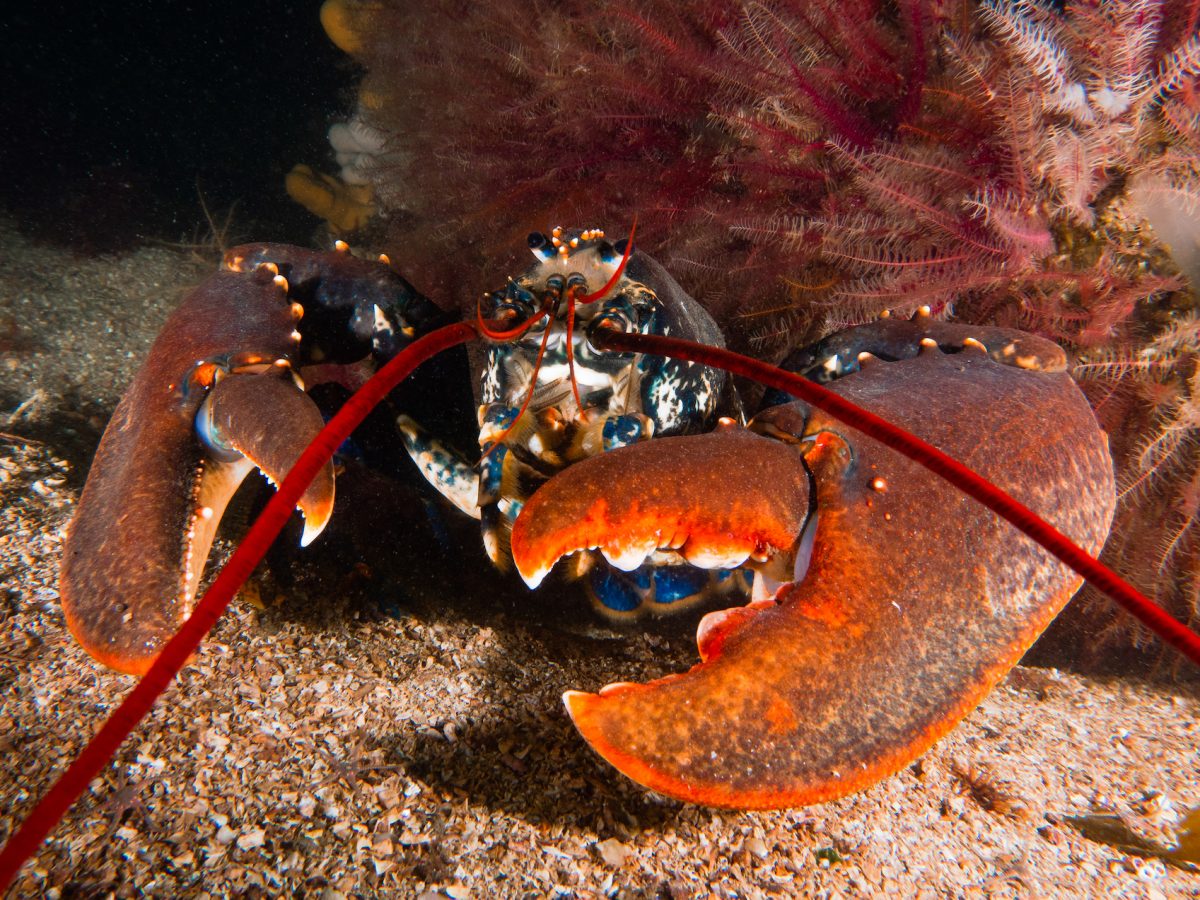
Photo: Joanna Smart
During my time with Tritonia I participated in 21 dives on 3 different projects and learnt so much about scientific diving and the operation of a diverse diving business. I really loved the variety of work that Tritonia undertook and can see myself doing something similar in the future.
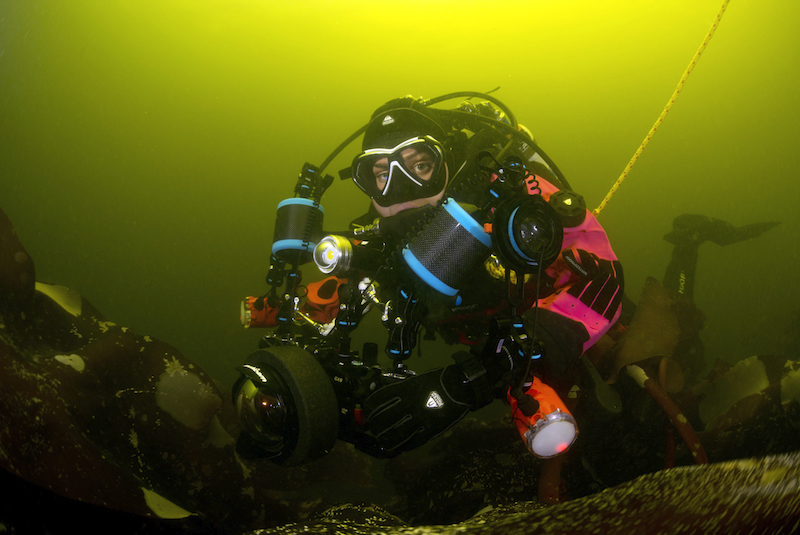
Photo: Martin Sayer
Scotland was cold, rugged and wet, but I loved every single second of it. I cannot thank Martin and Jane Sayer and the team at Tritonia enough for hosting me during my time in Scotland. Martin and Jane really made me feel like one of the family and I learnt so much during my time in the UK. I would also like to thank Kat, Andy, Hugh, Elaine and Jonothan for welcoming me into the team at Tritonia.
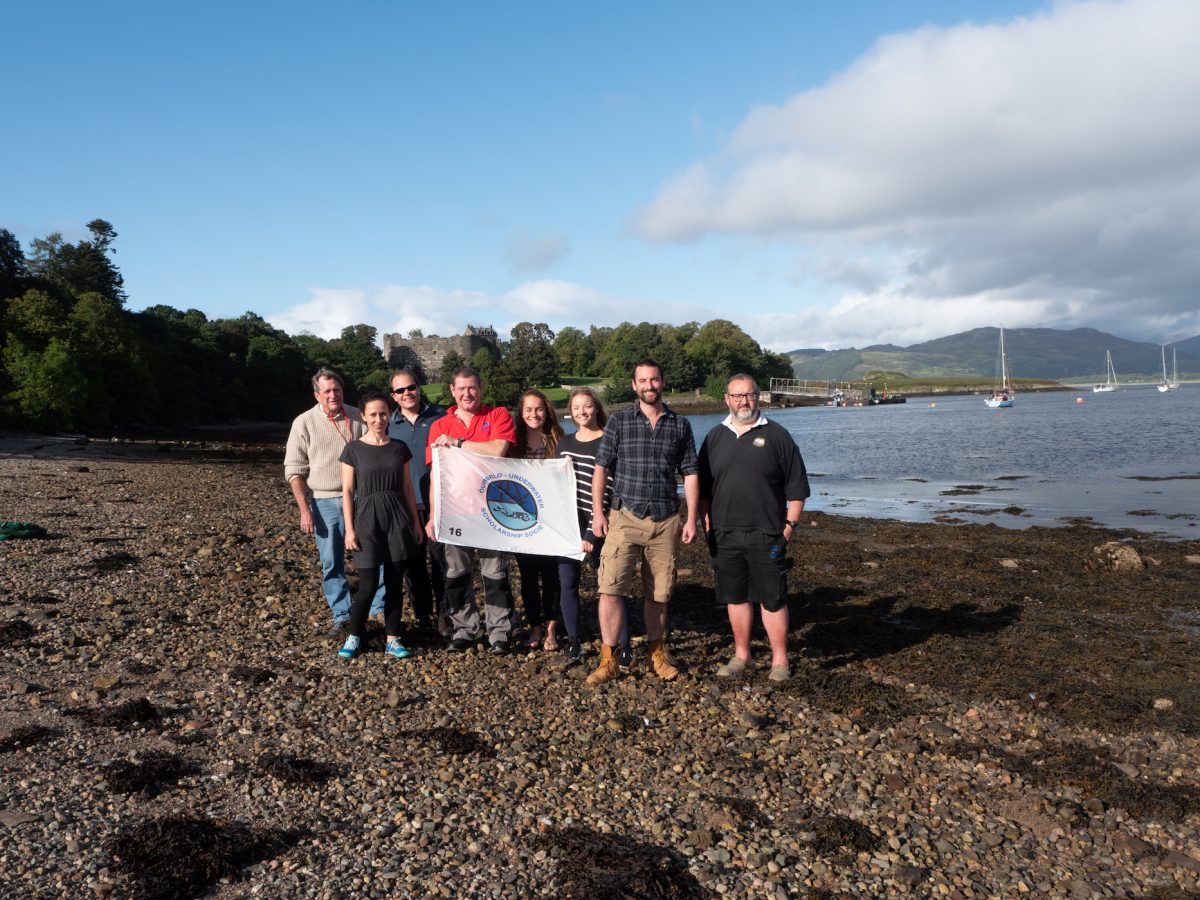
A huge thank you to OWUSS and Rolex for making this experience possible. I would also like to thank TUSA, Waterproof, Reef Photo and Video, Paralenz, Light and Motion Dive and Mako Eyewear for their continued support.
